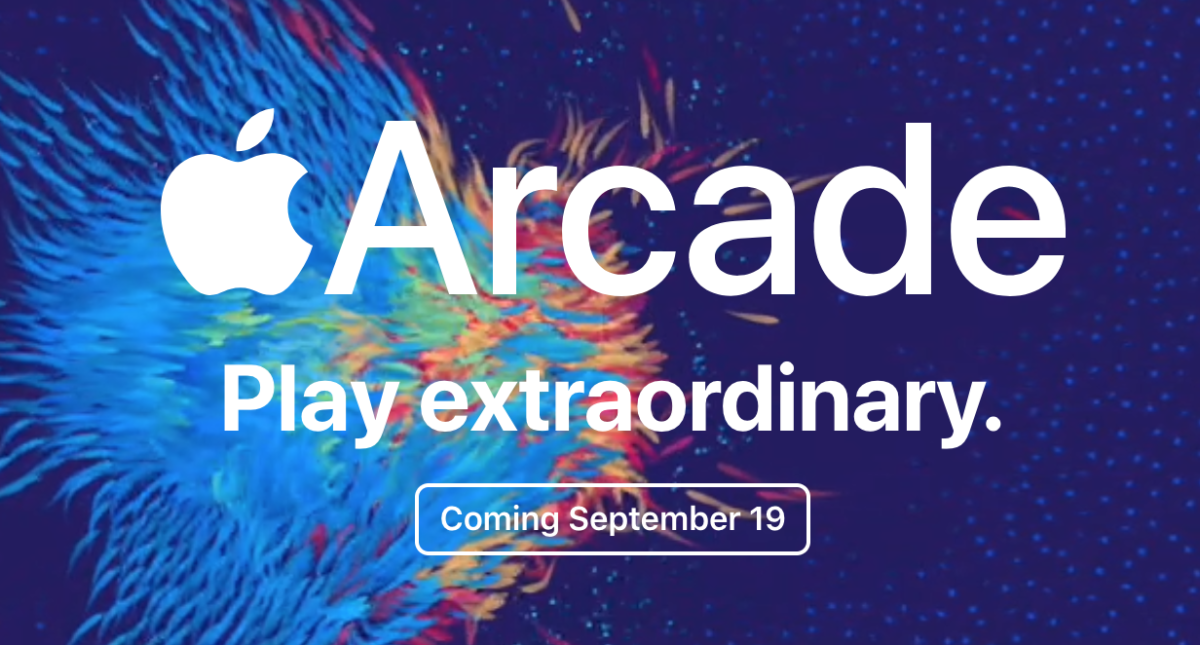Selling information goods differs from selling traditional physical ones in several ways. One of the reasons is the different cost structure of producing an information good. The fixed cost of developing a product can be high, while the variable costs of making an additional copy of this product can be close to zero. For example, the development of a video game involves a lot of working hours of highly skilled labour, however once the game is produced it does not cost anything to make an additional physical or virtual copy of it.
Because of such a small marginal cost, the strategy of many companies is to occupy the largest market share possible in order to optimise the returns and lock-in the customers. To attract as many people as possible, companies often compete on the basis of price. This has a risk of getting involved in price wars, where every competitor pushes the price further down thereby decreasing the overall margins inside the industry and creating a non-beneficial situation for all players inside the market.
There are several pricing strategies for information goods which allow businesses to overcome this unpleasant situation. One of them is called bundling. This is a model Netflix relies on, charging a user fixed fee per month and providing bundle of video content in return (HBR, 2019). This way, the company does not have to compete with others based on the price for one single movie any more, simultaneously increasing the value for the customer by providing them with a wide variety of video content.
What Netflix did inside the video industry, Spotify inside the music streaming industry, Apple applies for games. As of today, Apple launches a new service named Arcade. For a monthly subscription fee of around $5 the user gets access to 100 new games each month, which were chosen by internal experts (Apple, 2019). This way, a customer gets an unlimited access to entertainment without having to purchase еach game separately. This increases the overall value a customer gets for the money. The user gets to discover more new games, selected by professionals, which leads to less stumbling upon low quality viral content. It also allows the user to try out games, which he/she normally would not have tried due to upfront payment requirements. For the company, this bundling not opens a new, predictable revenue stream, but also attracts new customers on the platform.
Possibly, Apple is trying to secure and lock its market share, due to recent increasing emersion of game-cloud and game-streaming services. So, for example, besides already long ago established platforms such as Playstation, Google and Microsoft recently announced their new game-streaming platforms to become available on the market this year.
Sources:
Apple (2019) Apple Arcade. Retrieved 18 September 2019, from https://www.apple.com/apple-arcade/
Harvard Business Review (2019). Netflix and the Economics of Bundling. Retrieved 18 September 2019, from https://hbr.org/2019/02/netflix-and-the-economics-of-bundling


Nice read!
I do agree that Apple uses Arcade to lock its market share. But I think this service, like Apple TV+, mainly exists to draw people further into the Apple ecosystem. Contrary to Netflix and Spotify, Apple in my opinion uses these services to boost or maintain hardware sales. Therefore, I believe that Apple does not even necessarily seek profit with these services themselves. Apple Arcade does provide a rather unique service in my opinion, as they eliminate all the in-game purchases and advertisements that ruin many mobile games! I’m curious to see how Apple Arcade will expand over the coming months, as gamers probably want to see a continuous stream of new games on the platform.